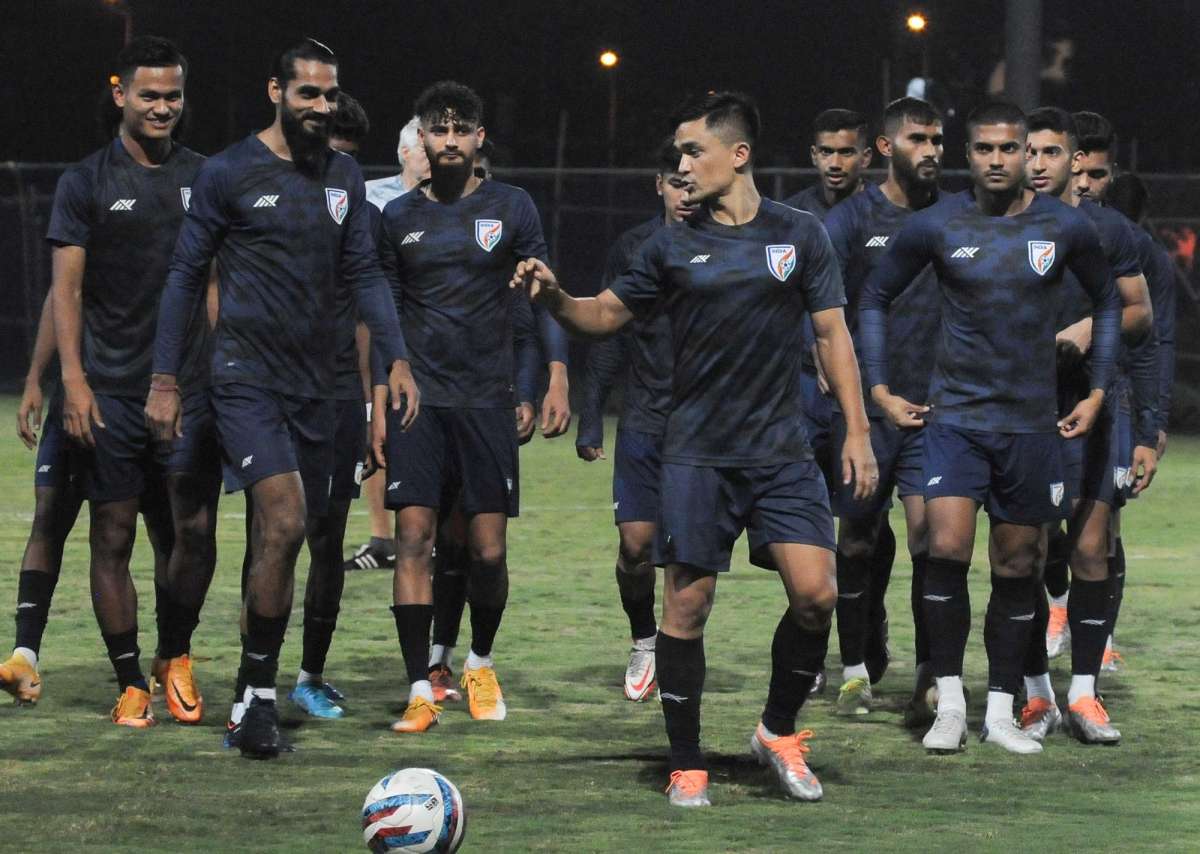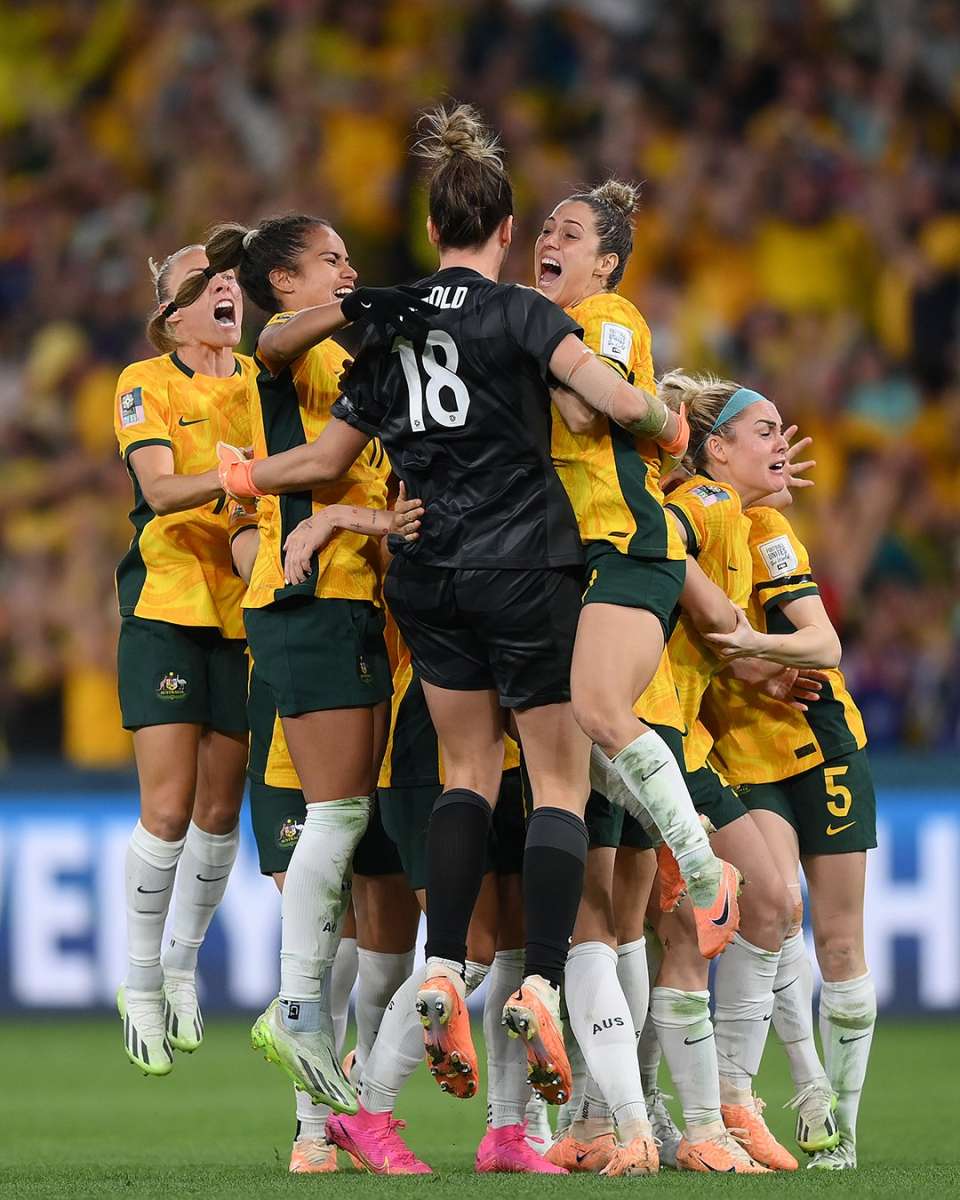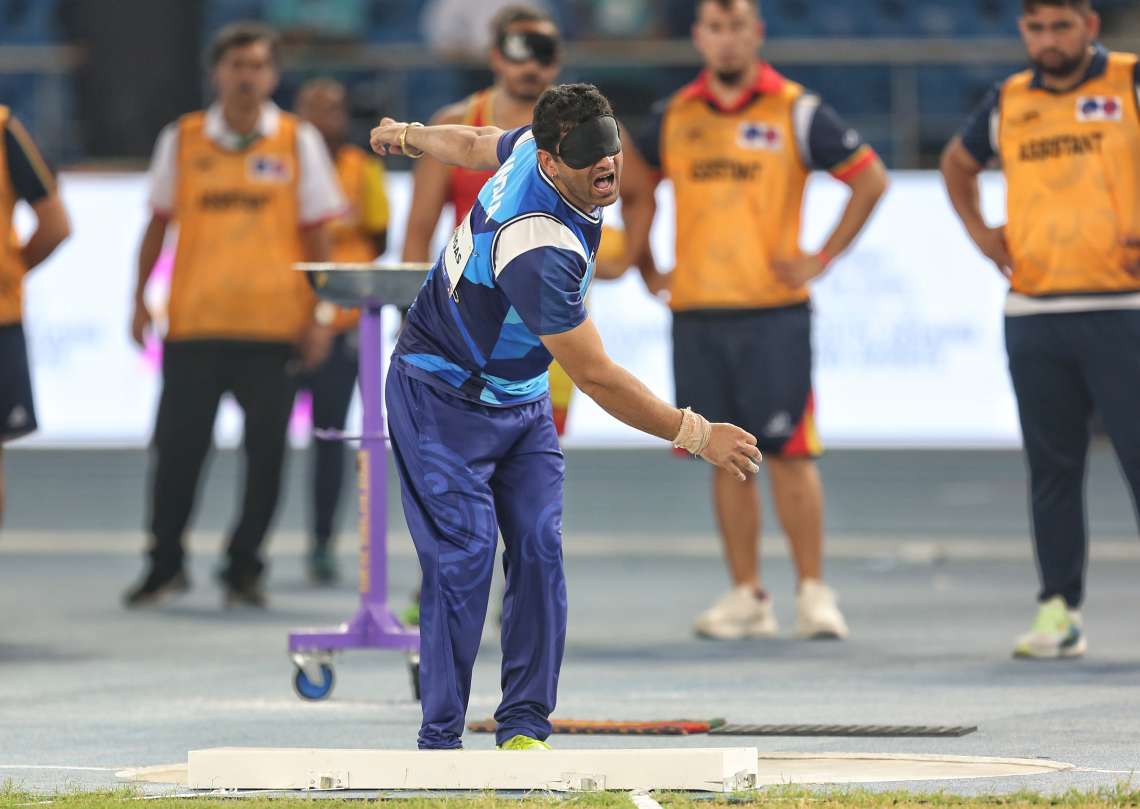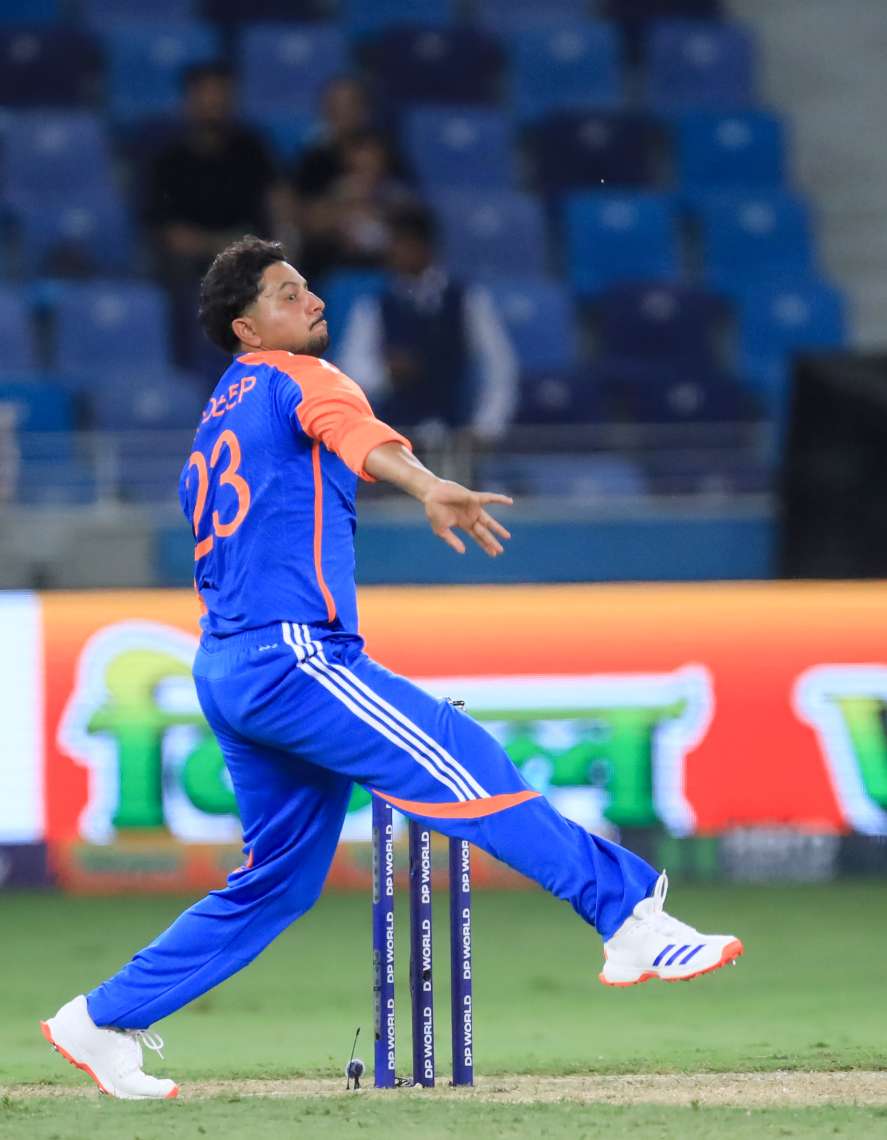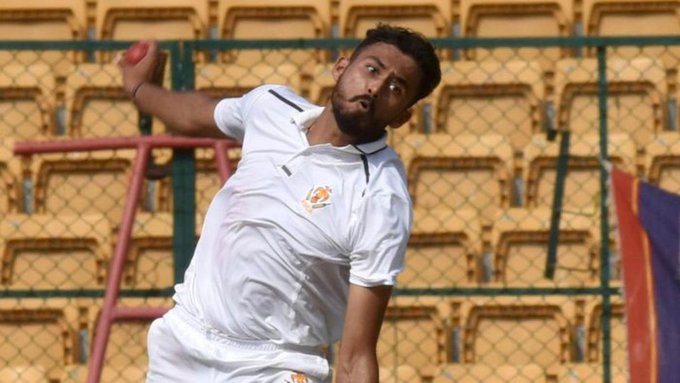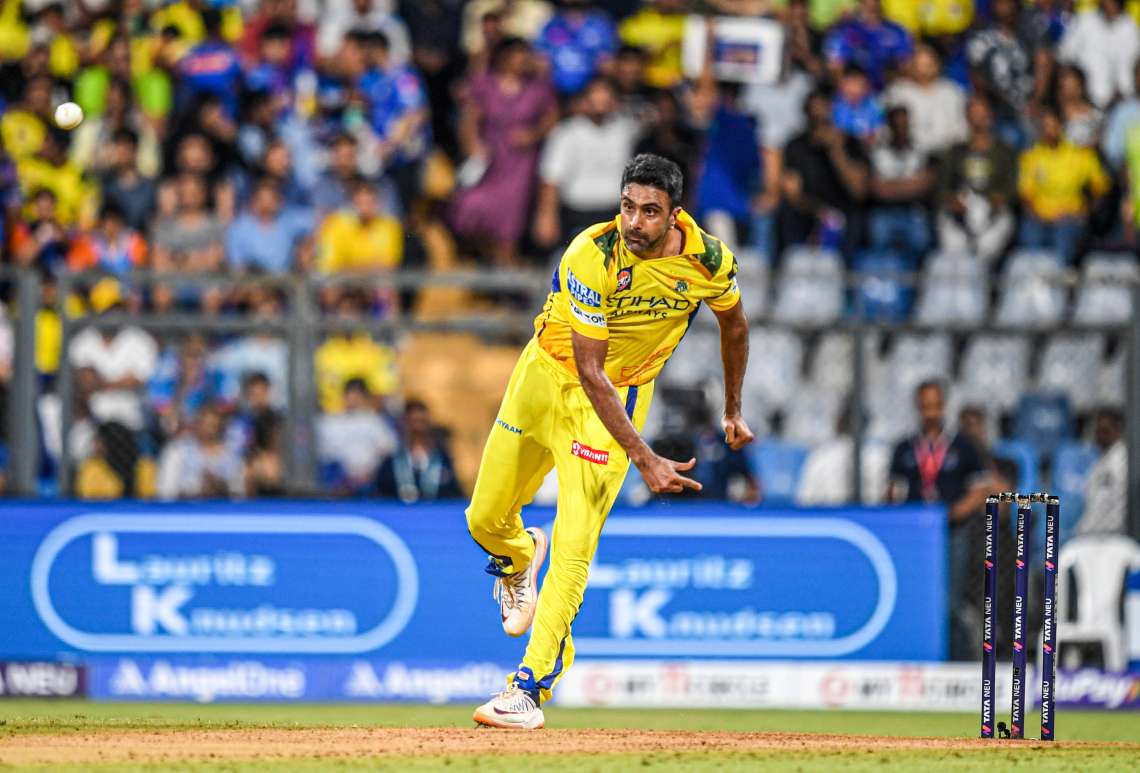The Blue Tigers perhaps enjoyed their golden years from late 1940s to late 1960s — during which they participated in four Olympics and won the gold twice in Asian Games. Since 1970, the Indian team has seen a steady decline in performance…writes Ishwar Nath Jha
With just a day left before the start of the FIFA World Cup in Qatar (Nov 20 to Dec 18), the 32 best footballing nations are engaged in their final preparations, while their countrymen are praying for their teams to lift the prestigious trophy.
Like elsewhere, football fever has gripped India too with a majority rooting for all-time favourites Brazil, while the remaining seem to be divided between holders France and Lionel Messi-led Argentina.
When there is so much enthusiasm for the sport in India, the big question is: Why can’t a country that has started producing Olympic champions qualify for the football World Cup?
Every time a World Cup takes place after four years, Indian fans have precisely one question — when will India play in the game’s showpiece event?
And the answer is always the same — given the standard of the game back home, India will never play in the World Cup.
Maybe Indian football can benefit if the truth that is hidden behind this brazen answer is brought out.
Indian football officials probably do not allow this truth to come out. Even those who are critical of the plight of Indian football agree that the level of the game in the country is way behind world standards. Our players neither have that kind of skill, nor the fitness to compete in the spot’s mega event.
The Blue Tigers perhaps enjoyed their golden years from late 1940s to late 1960s — during which they participated in four Olympics and won the gold twice in Asian Games. Since 1970, the Indian team has seen a steady decline in performance.
What should be done?
With Kalyan Chaubey taking charge as the President of the All India Football Federation (AIFF), there is a lot of talk about the roadmap for Indian football. After becoming the President, Chaubey during his first press conference gave an outline for the development of the sport in India.
On completion of 100 days in office, Chaubey told a group of journalists, “We will work to the best of our abilities to make it (roadmap) a success. Our aim would be to ensure that the state associations benefit from the infrastructural support of the Central government as well as the state governments. We also have plans to introduce more tournaments. If we can restart the U-21 national championship, it will benefit the India U-21 team.
“A uniform youth league will be introduced to get the best out of it. Former footballers in every state, maybe those who have played for more than a decade, would be roped in. Their expertise can be used as scouts in youth tournaments.”
At present, only a few states like West Bengal, Goa, Kerala, northeastern states and Delhi have their own leagues in different categories. There is hardly any such league football in big states like Punjab, Haryana, Bihar, Uttar Pradesh, Madhya Pradesh and Rajasthan.
How ISL and I-League are helping Indian football
The initial phase of the Indian Super League (ISL) saw big names of world football playing in it, including Robert Pires, Alessandro Del Piero, Roberto Carlos, David Trezeguet and Diego Forlan. But the critics of Indian football said that the national team is not going to get any benefit from the presence of superstars of yesteryears in the league.
Most of these foreign players were at the end of their careers and stayed here for relatively brief spells, but their presence set the base for Indian football. The signings of players like Tim Cahill, Asamoh Gyan and Francis Medina Luna added to the elite list of professional footballers to challenge themselves in India before retiring from the international stage.
Indian players have certainly benefited from the presence of these world-class professionals.
The journey from 2010 to 2020 has been one of the great changes for the national team. When there is a goal and an intention, the possibilities multiply enormously.
But, is this enough for the Indian team to play in the World Cup? Certainly not.
The Indian team is ranked 106th in FIFA rankings released on October 6. The Blue Tigers, who have qualified for the 2023 AFC Asian Cup, last played two international friendlies in September. They drew 1-1 with Singapore and lost 0-3 to Vietnam. The last time the Blue Tigers were ranked 106th was in March 2022.
The road to the 2022 Qatar World Cup also fell flat as the Indian team finished third in the campaign behind Qatar and Oman, which was also the joint qualifier for the 2023 AFC Asian Cup.
Budding footballers often ask why India do not play in the World Cup. Their curiosity has increased a lot ever since they saw Sunil Chhetri’s picture with great players like Messi and Ronaldo. How to tell them that we still have a long, long way to go?
ALSO READ-Hosts Qatar lose on field

